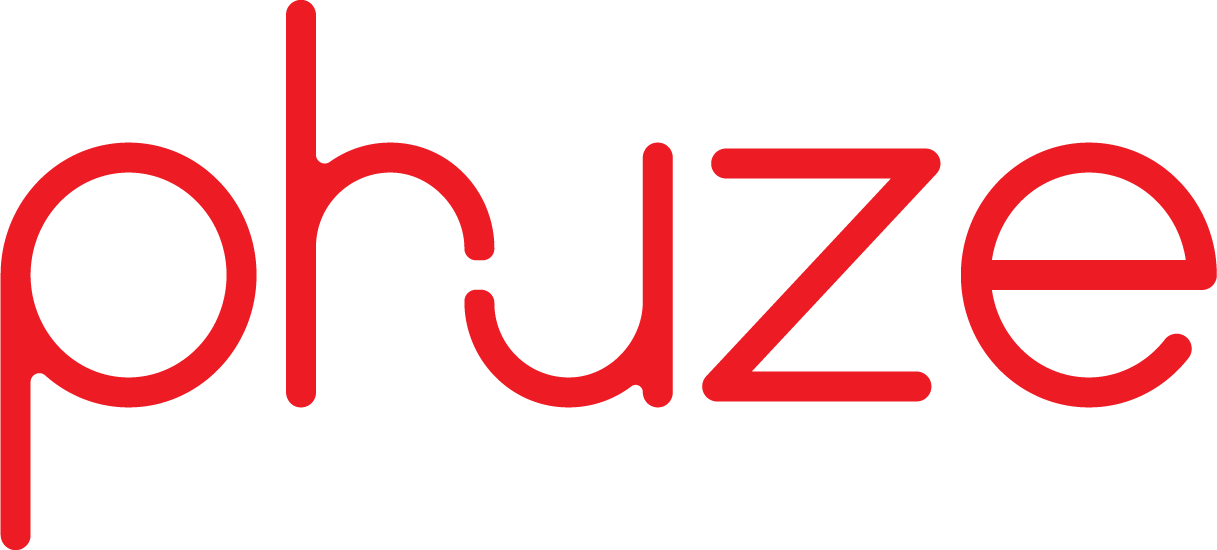Aren’t Medical Communication Programs Complex And Expensive To Implement?
All businesses have to keep an eye on what they’re spending, especially in the current economic climate. A lot of the time when pharma companies are looking to cut costs, medical communications is generally at the top of the list of activities that go under the spotlight. We’ve all experienced the cost cutting that sweeps through a department pulling 10, 20, 30 percent, and more, out of the budget.
It’s not unusual for medical communications to be one of the first things pulled from the plan because it is perceived as expensive and sometimes complicated. It is a lot easier to justify activities that produce collateral material that people can touch and see. Branded programs with a clear promotional focus can be measured against more conventional metrics.
By contrast, it’s often difficult to point directly to the clinical impact of an accredited, above brand program that falls outside the direct purview of the commercial side of the company. That makes it an easy target for cost cutting.
During one round of expenditure cuts, a client lost close to 30 percent of his budget. I was called in, expecting the inevitable, only to be told the opposite. To my surprise, the client had significantly curtailed his spending in other parts of the business and channelled more into medical education because, at that point in time, doing above brand, disease-based education was the right thing to do and would help to differentiate his company.
The truth is that medical education can be complex and expensive, but it doesn’t have to be. Almost anything in business is going to involve spending money and some level of complexity, but there are different ways to approach things, and it’s usually possible to effectively manage the financial impact of communications activities. Medical communication is no exception.
Like a lot of things, the cost and complexity of your program can be explained with the old adage about eating an elephant — you just have to do it one bite at a time. If you launch straight into a huge education program it’s definitely going to be expensive and complex, but there’s no need to do it that way. In fact, rare have been the times when I have recommended an all-or-nothing approach. It’s just not how you run these sorts of programs.
Medical education is not something you can ignore. If you’re a leader and you don’t embrace medical education, you are potentially creating an opportunity for a challenger. If you’re a challenger, it can be a powerful tool to create brand equity and corporate reputation. However, the more ambitious the program, the greater the internal resistance — and justifiably so.
By building your program in stages you can minimise these objections and reduce the total cost. Setting up a small program can be done on a much more acceptable budget and will act as a good proof of concept. If it brings in positive feedback it will help to show others the value of medical communication and hopefully increase support for the next stage.
